Covid-19 has not been kind to many sheep farmers. Since the international wool market shut down due to the pandemic, stockpiles of wool have tripled. The excess has meant some British farmers are receiving as little as 15p per kg for their wool – ten times less than what they were getting the same time last year. While even £1.50 per kg doesn’t sound like much, it’s usually enough to cover the cost of shearing.
Though recognised for its warmth and resilience, wool has been gradually ousted as a major British commodity by cheaper production methods, demand for synthetic fibres, and a higher reliance on sheep for their flesh. Wool produced in the UK rarely stays in the local market, often being shipped to China for processing and manufacture, before it reappears in UK high street shops.
The commercial appeal of wool has not been forgotten. But its role as a renewable resource that can support the local economy and a sustainable model for British sheep farming is largely ignored. Could a fledgling movement in regional wool be the reminder we need?

‘Fibreshed’ was coined in 2010 in northern California, by weaver and dyer Rebecca Burgess, who used it to describe fashion’s stake in the cycle of regenerative agriculture. Under the system, wool fetching a fair price for farmers is shorn, processed into fibre, dyed and woven, made into garments and, ultimately, can be composted back into pasture to sustain the animals that provide the fleece. Much like a region’s watershed (hence the name), every stage of the cycle is contained locally.
In the UK, regional Fibreshed movements have been set up in the South East and North East of England, with the most developed found in the South West. From Dartmoor to Cirencester exists a community of farmers, spinners, designers, felters, dyers, tanners, and sewers. In this part of the UK, most of the Fibreshed components were already there: all that was needed was someone to connect the dots.

“I spent four or five years working in Peru in what was a Fibreshed system,” says Emma Hague, founder of South West England Fibreshed. “When I moved back to England, I was questioning how we got so far from a system like that.”
On her move back to the UK, more specifically Somerset, Hague happened to be close to a farm that, unlike the majority of sheep farmers, was rearing animals for their fleece and their meat. In the Mendip Hills, Fernhill Farm is run by animal husbandry specialist Jen Hunter and shepherd and sheep shearer Andy Wear. “Wool is labelled a by-product in the sheep meat industry,” says Hunter. “Andrew’s always had a different opinion.”
To produce wool not consigned to carpets, you first need the right kind of sheep. After going north to shear Shetland ewes, Wear knew what he was after. “He was impressed by their hardiness. And their size,” explains Hunter. “When you live in the West where it rains a lot, heavier breeds can do a lot of damage [to soil].”

While sheep grazing on uplands has caused environmental concern about the impact on soil erosion and flooding, this is more of a problem among poorly-managed flocks.
At Fernhill, Hunter says large grazing herds, known as mobs, are allowed onto areas for a short period of time. Here, they graze mature plants, squash seeds into the ground, trample decaying matter and fertilise it with manure in the process, creating optimal and equal space and growing conditions for the next regrowth, she adds.
Once Fernhill’s Shetland-Romney crosses are sheared and the fleece is cleaned, carded (organised and aligned), and spun, it is likely to end up just 15 miles away in the hands of Babs Behan, founder of Botanical Inks and co-founder of Bristol Cloth.
A ‘basket’ weave of dark brown and white with a mustard yellow stripe, Bristol Cloth is the manifestation of the Fibreshed system – a piece of fabric symbolising the bioregion it’s from and the producers who contributed to it. A bit like how tartan once identified a specific Sottish region or clan. “Originally the bronzy orange was sourced from waste onion skins around Bristol,” says Behan. “But needing to produce it more commercially, we matched the colour with heritage plant dyes.”

When Behan has dyed the spun wool, had it woven, finished, and cut, she generally sells it on to hobby and craft sewers. Fully realising not everybody is looking to support local fashion “wants to buy a metre of cloth and take it to a seamstress,” the next step involves working with more local tailors and designers to produce Bristol Cloth items more commercially.
“We’ve had cushion covers, bags, coats, kimono jackets, a three-piece suit, and a really cool jumpsuit,” she says. “I’m quite a purist about what we make though, and that it’s biodegradable and sticks to the Fibreshed model. So it’s quite limiting.”
For Hague, South West England Fibreshed is ample proof of wool’s credentials as an ultra-sustainable material. Now she wants to see the same on a national scale to show farmers a sustainable model for sheep rearing. “We haven’t lost the people with the right skills,” she says. “We’ve just lost the infrastructure.”

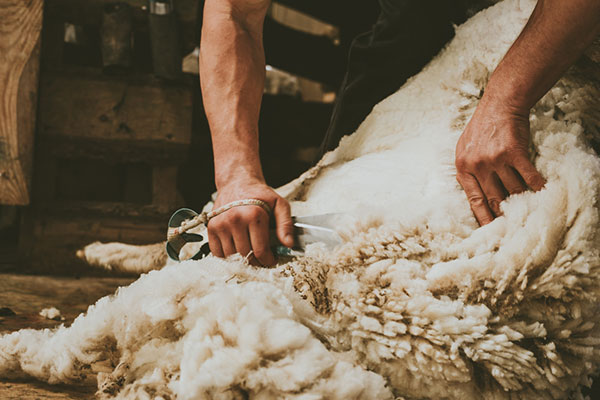
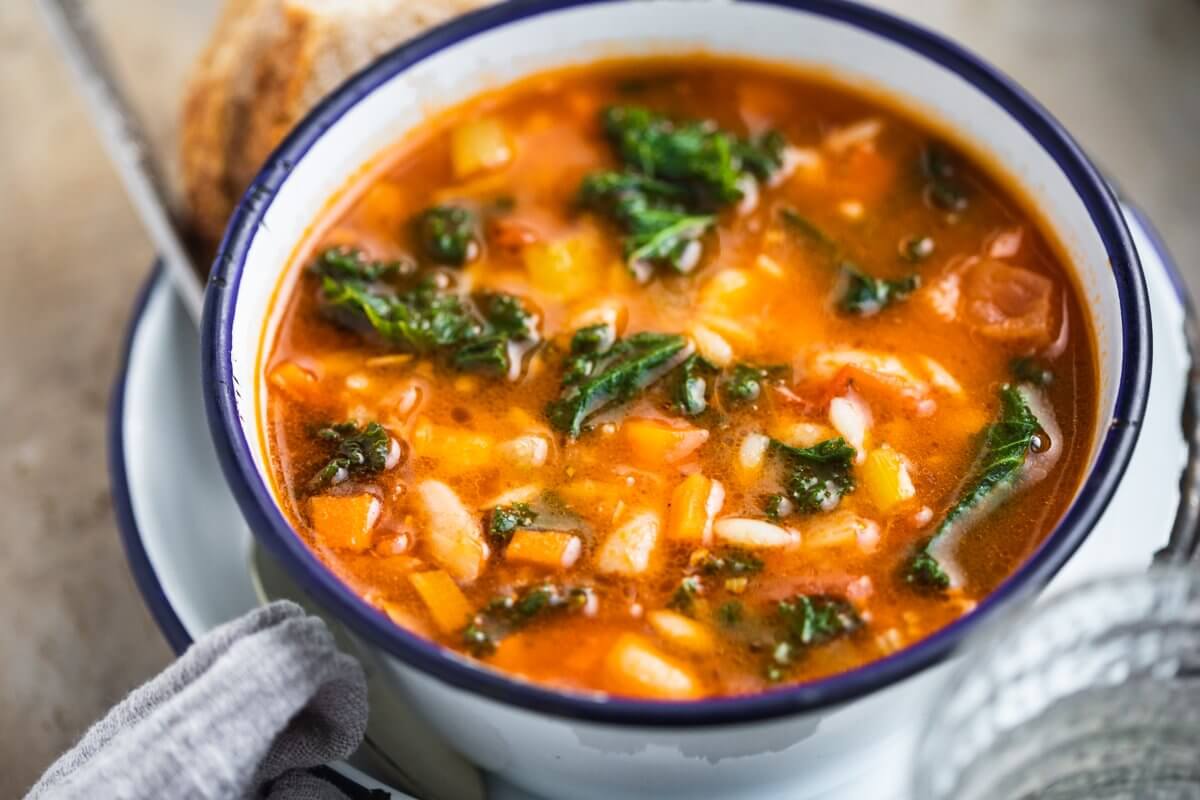
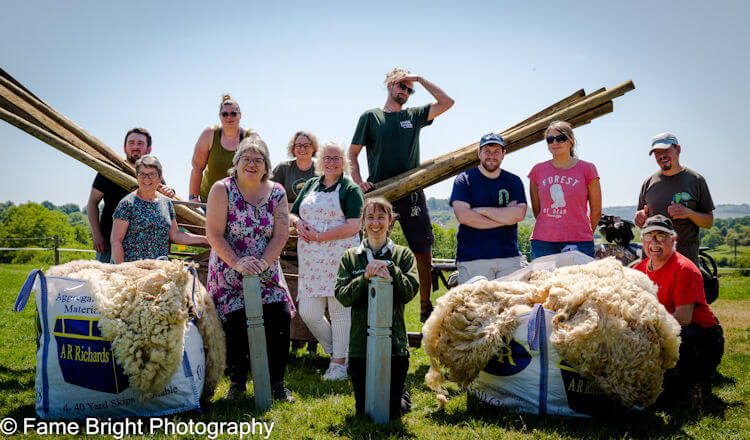
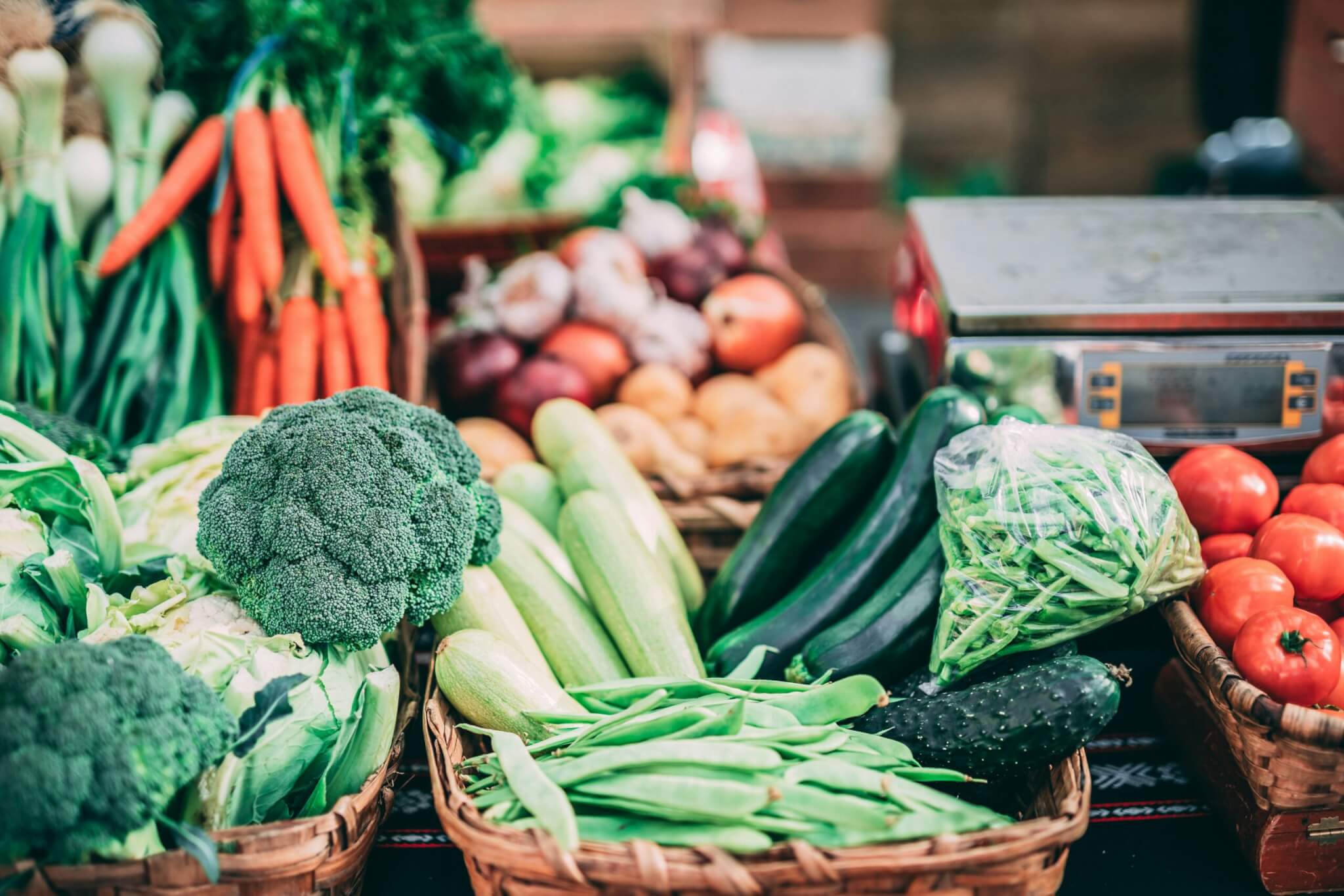
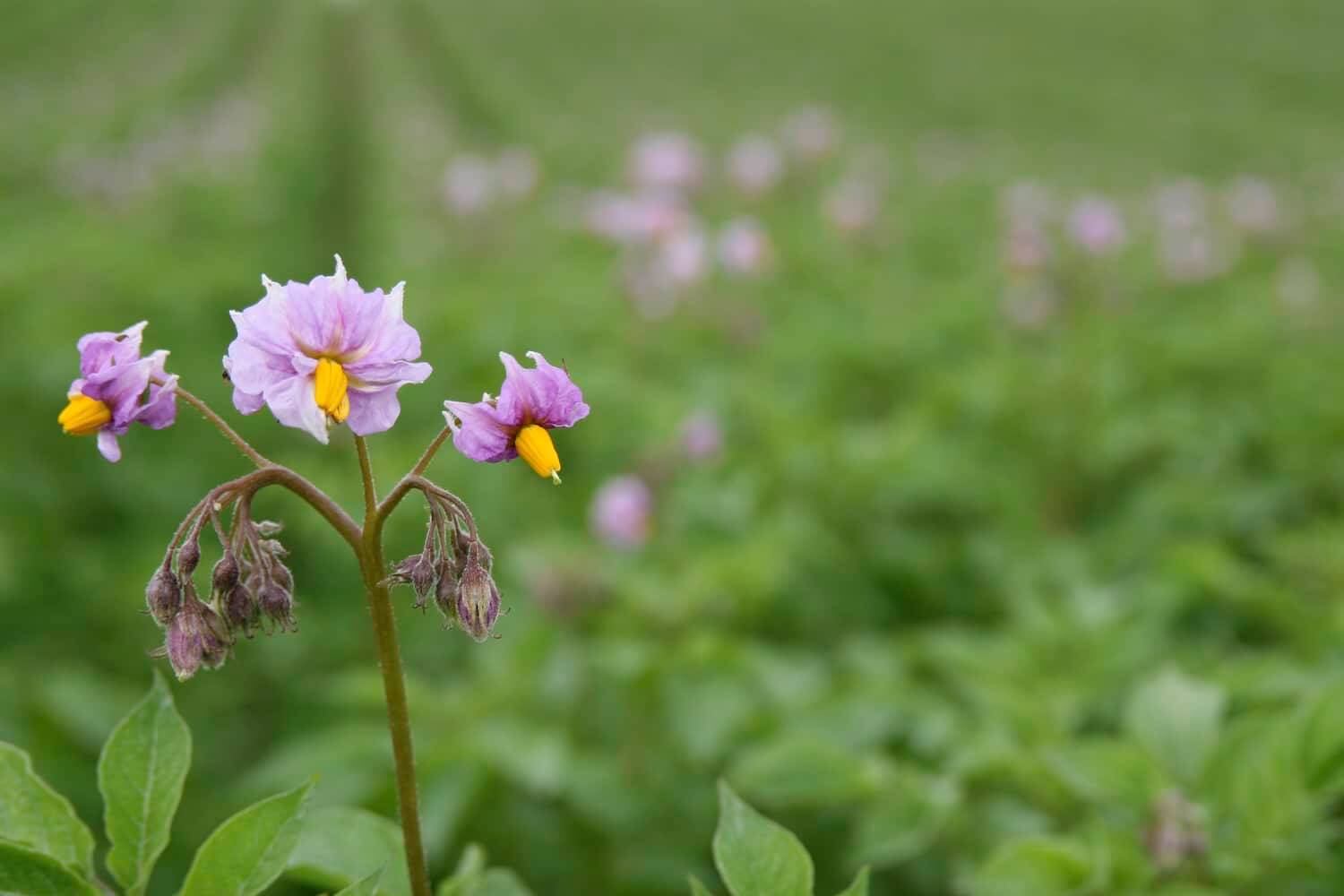




I have a scarf woven by Bristol cloth. I am also a hand spinner and find it sad that the fleeces on commercial farms can’t be out to better use, such as insulation, mattresses and baffles. The market is out there, it’s just connecting the two
We’re used to unpacking our Riverford meat from a wool-insulated box. However, having had massive problems with clothes moths in a stored wool rug a couple of years ago, which spread to a rug in use which we had to dump, I do wonder. Wool insulation like that is in plastic covers, fair enough, it may be biodegradable etc. But how is the moth problem avoided when using for house insulation? Builders I have seen, even if incentivised to use wool not convenient blocks of mineral stuff, could not be relied on not to damage plastic bags so that moths could get in.
Meantime as the price is low, could the makers of insulation grab the chance to get into the market competitively? Somebody out there know who could work on this?
Denby